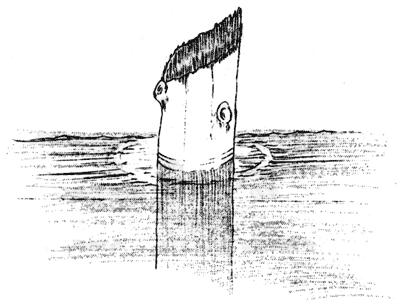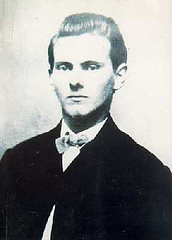
On a trip to America, G.K. Chesterton was taken one night to see the lights of Broadway.
“What a glorious garden of wonders this would be,” he said, “to any one who was lucky enough to be unable to read.”

On a trip to America, G.K. Chesterton was taken one night to see the lights of Broadway.
“What a glorious garden of wonders this would be,” he said, “to any one who was lucky enough to be unable to read.”
A force of 1 newton is about the weight of an apple.
On June 15, 1822, Jane Williams claimed to have seen a doppelgänger of her friend Percy Bysshe Shelley. Two, in fact. Mary Shelley described the episode in a letter:
She was standing one day … at a window that looked on the Terrace with [Edward] Trelawny — it was day — she saw as she thought Shelley pass by the window, as he often was then, without a coat or jacket — he passed again — now as he passed both times the same way — and as from the side towards which he went each time there was no way to get back except past the window again (except over a wall twenty feet from the ground) she was struck at seeing him pass twice thus & looked out & seeing him no more she cried — ‘Good God can Shelley have leapt from the wall? Where can he be gone?’ Shelley, said Trelawny — ‘No Shelley has past — What do you mean?’ Trelawny says that she trembled exceedingly when she heard this & it proved indeed that Shelley had never been on the terrace & was far off at the time she saw him.
Two weeks later, Shelley drowned in the Bay of Spezia.

Who says math is too abstract?
The Chvátal Art Gallery Theorem states that if you run an art gallery with n corners, you’ll need n/3 guards (at most) to watch the entire gallery—regardless of its shape.
Dorothy Parker once attended a Halloween party where she noticed a group of people around a tub of water. She asked what they were doing and was told they were ducking for apples.
“There, but for a typographical error,” she said, “is the story of my life.”
Christian Henry Heinecken, born at Lubeck, in 1721, spoke his mother tongue fluently at ten months of age; at one year old he knew the principal events of the Pentateuch; in two months more he was master of the entire histories of the Old and New Testaments; at two years and a half he answered the principal questions of geography, and in ancient and modern history. He spoke Latin, French, German, and Dutch with facility before the commencement of his fourth year. His constitution was so delicate that he was not weaned till a few months before his death which occurred in 1725.
— Bizarre Notes & Queries, April 1886

In his 1902 geology of Oregon’s Crater Lake, Joseph Diller mentioned that he’d seen a great stump bobbing vertically in the lake six years earlier, in 1896.
It’s still there. Apparently the lake is so cold that it’s preserved the 30-foot stump for more than a century. And the “old man” is pretty spry: In 1938, when the sketch above was made, the log wandered more than 62 miles in one three-month period.
shunpike
n. a side road taken to avoid turnpike tolls or traffic
(Thanks, David.)
In 1884, America got its first serial killer. The “Servant Girl Annihilator” of Austin, Texas, would drag his victims from their beds, rape them, then kill them with an ax or a spike. In a yearlong spree he murdered at least seven women. Then he disappeared.
Three years later, Jack the Ripper surfaced in London.
See also Långrocken.

Jesse James once sought shelter at a lonely farmhouse. The widow there apologized for her poor hospitality. She said she had very little money and despaired of paying the debt collector, who was coming imminently to demand $1,400.
James gave her $1,400 and told her to get a receipt. Then he hid outside and watched the road.
The debt collector arrived, looking grim, and entered the house. A few minutes later he emerged, looking pleased.
James accosted him, took back the $1,400, and rode off.